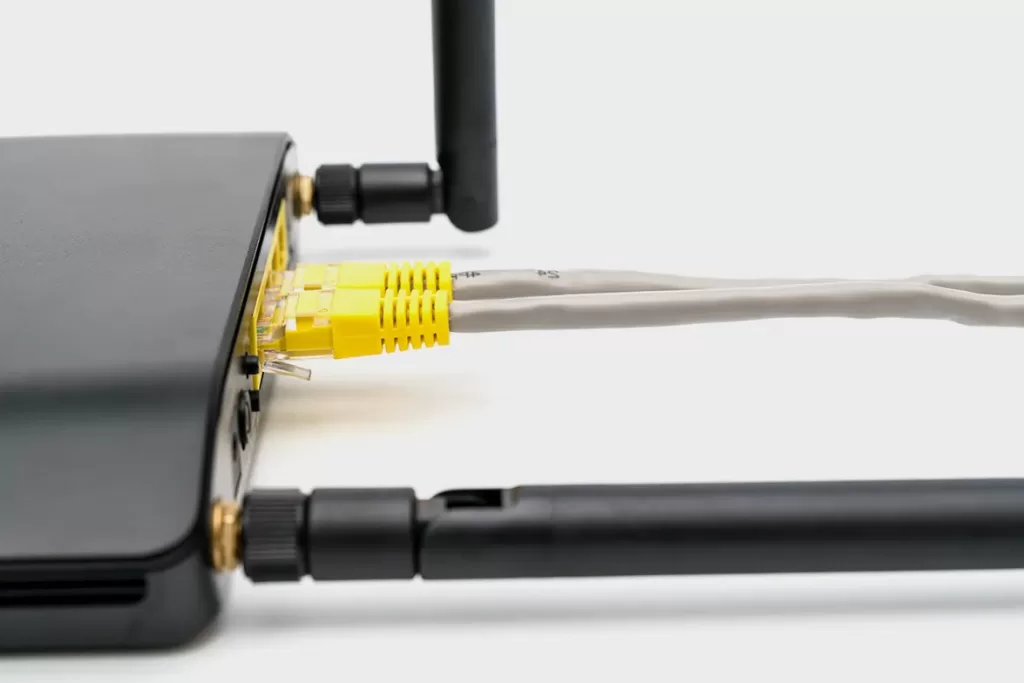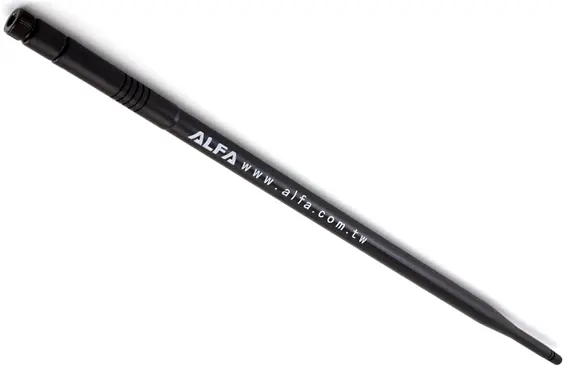Can I get better WiFi coverage by changing the router antennas?
Table of Contents

Shadow zones, sudden signal drops, tortoise speeds… Enjoying good WiFi coverage is one of the musts of this era. An indispensable, whether for work or leisure, the absence or deficiency of which can end up becoming a nightmare. In these situations, it is common to hear from someone you know the recommendation to change the router antennas, but… Is this measure really effective? Can I get better WiFi coverage by changing the router antennas?
This article analyses the question and delves into the technical elements and variables that we must take into account when taking this step. Let’s take it one step at a time and start from the beginning.
1- Can the antennas of any router be changed?
Before listening to the opinion of that friend or acquaintance, we should keep this question very much in mind. We don’t want to buy some antennas and find out afterward that the decision was in vain.
And the fact is that it is not always possible to change the antennas of the router. In the domestic market, there are mainly two alternatives:
- Routers with internal antennas. In these cases, the antennas are integrated into the device, making it impossible to replace them to achieve the desired improvement in WiFi coverage. In Spain, one of the most popular cases is that of Movistar’s HGU devices, which do not allow these modifications.
- Routers with external antennas. Some of the router models that can be found on the market have detachable external antennas that can be replaced with others that perform better. To change the antennas on the router, they must be compatible with RP-SMA connectors, a standard in most devices that have interchangeable antennas. It is important to check this before buying anything, as there are routers with external antennas that cannot be removed.
2- Antenna gain: a critical factor
Once the previous question has been answered, it is time to determine the improvement in coverage that will be available. The first thing to know is that the gain of a WiFI antenna is measured in isotopic decibels (dBi).
The higher the gain, the more efficiently the antenna will be able to emit the signal in certain directions. Most commercial routers include low-range antennas, generally between 3 and 5 dBi. A priori, with these features, it should be enough to access basic coverage. Still, in large spaces or with a notable presence of physical obstacles (walls, partitions, equipment…), it can become very weak over short distances.
In these cases, the solution may be to replace these antennas with 8-10 dBi ones. This option would provide a stronger signal strength to overcome the aforementioned losses.
Among these more powerful antennas, it is common to use the Alfa Network ARS-N19 2.4Ghz. 9dBi, although it is an improvement, it should be borne in mind that it is a large antenna of considerable length and that if the router has several antennas, they all have to be changed since the latest Wi-Fi standards transmit simultaneously through several antennas to improve speed and using different antennas can even worsen the speed and performance of the Wi-Fi in general.
3- Three types of Wi-Fi antennas
In view of the above, before changing the antennas on the router, it would be useful to have a clear idea of the different types of equipment available and their characteristics. Here, you can read a basic classification:
- Omnidirectional. These are the most common antennas in home routers. They emit a signal in all directions, forming a doughnut-shaped pattern around the antenna. They are ideal if you are looking for uniform coverage in all directions, but they can cause problems if there are significant physical obstacles.
- Directional. These antennas direct the signal in a specific direction, which exponentially improves coverage at that point. They are very useful if you are looking to create solid coverage in a room, for example, or if you want to link to another device in a fixed location.
- Panel and Yagi antennas. These are even more directional antennas used for long-range projects where more complex links are required. For example, to connect two buildings.
In view of all this, it is clear that before choosing an antenna, you must analyze the objectives you are pursuing. Above all, those related to distances, distribution of spaces and the presence of physical obstacles.
4- Location and orientation of the antennas

In addition to changing the router’s antennas, it is also important to understand certain elements of its operation that will help you optimize the quality of the WiFi signal. It is a common mistake, for example, to think that the router’s antennas should point directly at the devices. Still, in reality, the omnidirectional antennas emit the signal, as we explained previously, in the shape of a doughnut.
The location and orientation of the antennas can be very important in order to achieve the expected signal. That is why you should consider the following recommendations:
- Place one antenna in a vertical position and another in a horizontal position if the router has several antennas. This drawing improves the reception of devices in different orientations.
- If the router has three antennas, a good configuration is to place one vertically and the other two at a 45-degree angle.
- Avoid placing the router in corners, near thick walls or next to electronic devices that can generate interference, such as televisions, microwaves or Bluetooth devices.
5- Interference, channels, repeaters… The other factors
Although it seems clear that changing the router antennas can be a very effective aid to obtaining quality WiFi coverage, it is important to bear in mind that other factors can sometimes appear that affect the signal. These are the most common:
- Interference. The 2.4 GHz frequency is used by many devices, which can cause congestion and interference. In these cases, using the 5 GHz band can be beneficial.
- WiFi channels. If there are many networks nearby on the same channel, there may be interference. It is advisable to change the router channel to a less congested one.
- WiFi repeaters and Mesh. If the home is very large, it is sometimes better to opt for a Mesh network system or WiFi repeaters instead of simply changing the router antennas.
6- In conclusion
Replacing the antennas can be an effective measure if you opt for higher gain antennas pointing in the right direction. But other factors should be taken into account before taking this step.
Confirming that the router allows the antennas to be changed and carefully analyzing the configuration of the physical spaces, as well as choosing the right channels to use and using the 5 GHz band, are essential factors when taking this step.
On this path, having tools such as Acrylic WiFi Analyzer can be very useful when it comes to keeping the signal at the highest levels and even obtaining recommendations for improvement.

